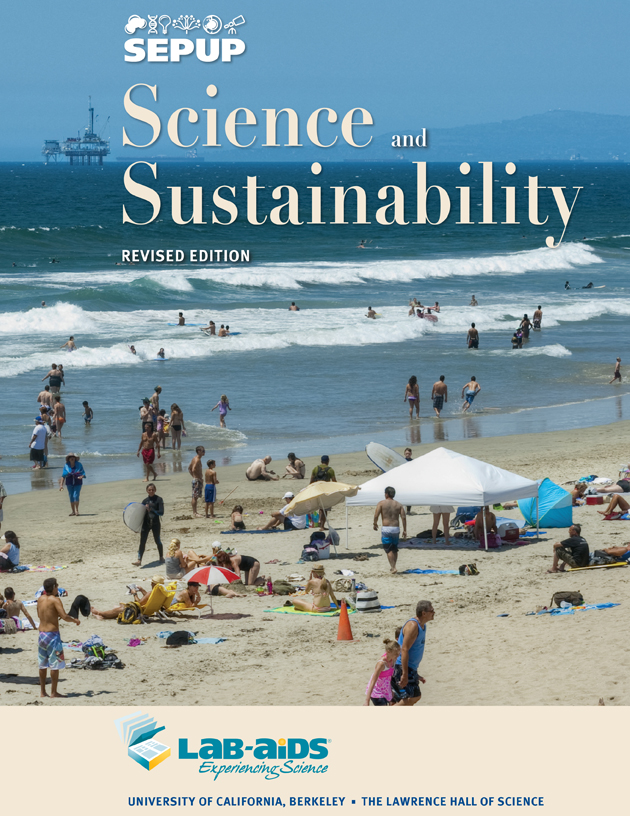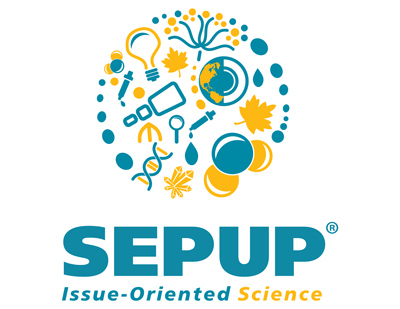Science and Sustainability (S&S)

Science and Sustainability (S&S) is a full-year, integrated high school science course with a strong emphasis on hands-on investigations. The program is presented in four thematic units and includes an array of concepts and topics including physics, chemistry, biology and earth science. Each unit presents basic science content involving local and global issues related to sustainability. The complete program includes 32 hardcover student books, 16 Material World books, a Teacher’s Guide and a complete materials package. Science and Sustainability is intended for use in heterogeneously grouped classes, with many lab experiences designed to challenge higher-performing students.
Overview
Science and Sustainability organizes its content in four major thematic units. There are up to ten grouped activities within each unit. Each is comprised of two to five lessons, with each lesson requiring one class period for completion.
Description of Units:
Part 1: Living on Earth
This section establishes a foundation for the rest of the course as students explore the relationship between science and sustainable development. Major topics include population growth, thermodynamics, and energy. Activities include measuring energy transfer, growing a population of fruit flies, and analyzing Landsat imagery.
Part 2: Feeding the World
How can we ensure that enough food will be available for the world’s growing population? Students explore genetics, plant biology, elements, molecules, and energy within the context of food production. Activities include creating models of molecules, measuring nitrogen content of soil, and experimenting with plant growth.
Part 3: Using Earth’s Resources
How are materials and energy related to standards of living? Students examine this issue as they study the periodic table, chemical bonding, polymerization, and catalysis. There is also an emphasis on the role and impact of technology. Activities include measuring the decomposition rate of hydrogen peroxide, creating a cross-linked polymer, and conducting a fractional distillation.
Part 4: Moving the World
The use of fuel resources to provide energy is the focus of this unit. Students study mechanics, energy, nuclear chemistry, irradiation, and gas laws. Activities include collecting the byproducts of combustion, measuring motion, and investigating light radiation.

